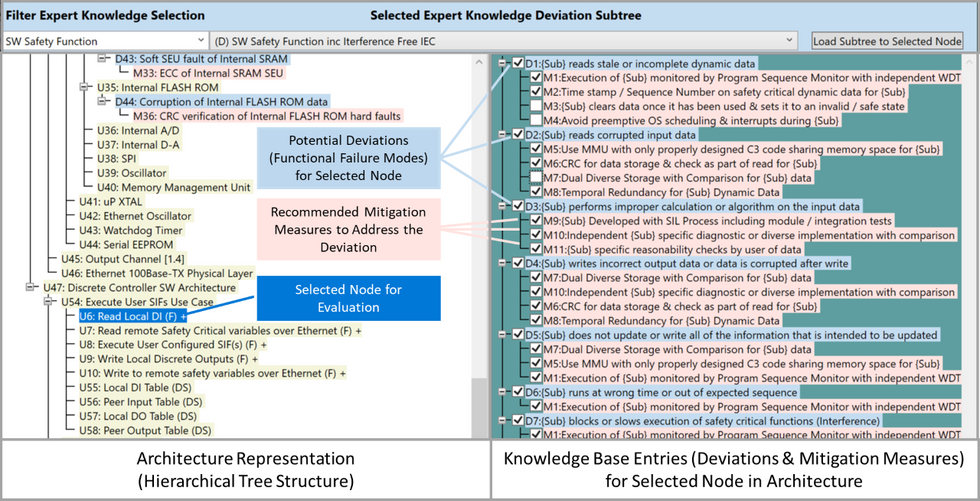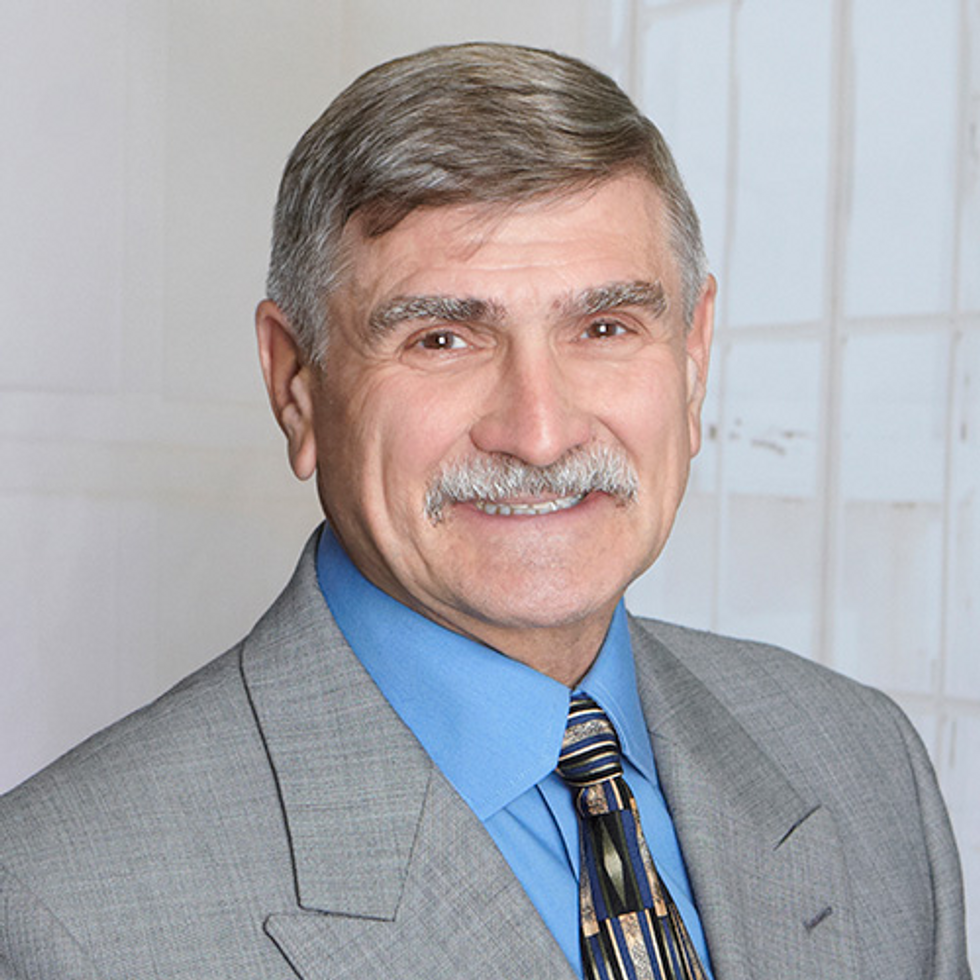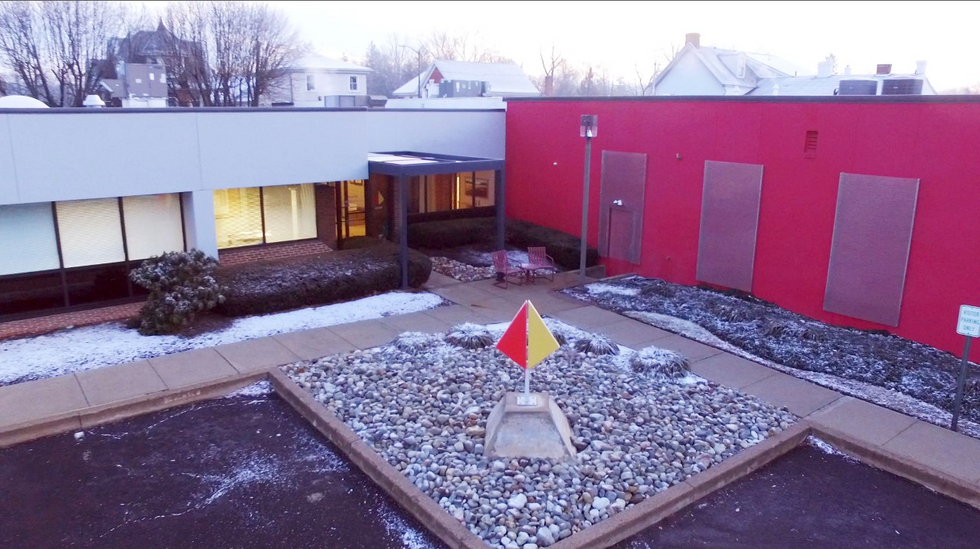How Exida’s Automated Software Tools Redefined Functional Safety

This is a sponsored article brought to you by Exida.
It is said that necessity is the mother of invention. Just over 20 years ago, two men who met on opposite sides of a product safety certification process ended up proving this maxim once again.
Back in the late 1990s, Dr. William Goble, a development manager for an automation company, was attempting to get a safety certification on a product his team was developing. During this process, Goble met Rainer Faller, who at the time was a business unit manager at Technischer Uberwachungsverein (TUV) Bayern, one of the few safety certification associations in the world.
Goble and Faller agreed that the existing certification process was burdensome on companies and confusing-an impediment to safety. A better way was a necessity. They decided that a new approach could realize a higher level of safety by helping companies understand the process and meet the highest demands more readily.
Together they formed Exida to realize this vision. On top of the training and educational systems that Exida developed, another key element to Exida's approach would be a suite of automated software tools to guide people through the safety development process.

Jump ahead over 20 years and Exida has not only become one of the few other product safety certification bodies in the world, competing with TUV, but its software products for helping clients develop more reliable and safer products are now used by some TUV companies.
Just over a year ago, Exida launched a new suite of software products aimed at supporting OEM companies that built on the company's 20-year history and called it OEMx. OEMx currently consists of two product development tools: ARCHx and FMEDAx. ARCHx provides high-level computer system design architecture analysis and FMEDAx finds potential hardware design problems and predicts failure rates and modes.
ARCHx is used to perform Failure Modes and Effects Analysis (FMEA). FMEA was developed in the 1960s to provide a systematic and proactive method for evaluating a design to identify where and how it might fail and to assess the relative impact of different failures. Once this systematic assessment is conducted it's possible to identify the components of the design that are most in need of change.
"We look forward to increased safety and security in a world where automation is spreading rapidly in many industries."
-Dr. William Goble, Exida cofounder and Principal Partner
This FMEA process is used during the architecture analysis phase of the design process, thus the name, ARCHx. During this process step, a design team will be looking at functional blocks and data flow diagrams.
The problem with FMEA occurs through the use of guide words as the prompt to remind you of how a functional block could fail. While this often works, you are always concerned that you might have missed an important failure mode, according to Goble, now principal partner at Exida.
"A design engineer is always wondering, 'Did I forget about a failure mode? Is there something I'm missing?'. I can't tell you how many people have complained about that when they were doing FMEAs," said Goble.
What distinguishes the ARCHx tool from any other products on the market is its ability to leverage embedded knowledge. Goble explains that Exida knows the safety standards inside and out, and has been through hundreds and hundreds of projects. Through this experience the company has learned that for any given type of design, there are a specific set of things that can typically go wrong. "We realized we could save ourselves a lot of time and do a better job for our customers if we embedded all that knowledge into the FMEA tool. And that's what we did in ARCHx."
Dr. William Goble
IEEE Life Member Dr. William Goble is a Principal Partner at Exida. He cofounded the company in 2000, bringing together several of the world's top reliability and safety experts.
Fields of competence
Failure Analysis & Rate Estimation
Functional Safety / Cybersecurity Certification
Reliability Engineering
Failure Modes Effects and Diagnostics Analysis
Software Engineering - Process Improvement
Electronic Hardware Design
Safety Instrumented System Design
Experience summary
Dr. Goble has over 40 years of experience. He is widely recognized as a global expert in safety systems analysis, safety and high availability automation systems, embedded systems product development and product certification. He developed many of the techniques used for probabilistic evaluation of safety and high availability automation systems including the FMEDA method. He was a co-founder of Exida.
Education
B.S., Electrical Engineering, Penn State University, 1971
M.S., Electrical Engineering, Villanova University, 1988
Ph.D. Department of Mechanical Reliability, TechnicalUniversity of Eindhoven, Eindhoven, Netherlands 1998
Affiliations
Institute of Electrical and Electronics Engineers (IEEE), LifeMember
International Society for Automation (ISA), Fellow Member
While Exida's experience is extensive, ARCHx also allows each company to capture the knowledge within their own organization to leverage it within the program to meet the requirements they need to address.
"A couple of our early customers made us realize that," said Goble. "We found one customer who's really pleased because they were able to capture a lot of the knowledge of their experienced engineers and added it to ours."
This leveraging of experience results in a FMEA tool that not only adheres to decades of practice with well-proven methods, but also looks ahead to next generations by adding a full knowledge base into the tool. "As you're going through it, it says, 'Hey, did you think about this? What about this?'. And that automatically tells you what you might have forgotten," added Goble.
In the relatively short time that ARCHx has been available, the reviews have been overwhelmingly positive. One company that manufactures automation equipment for the petrochemical industry has noted that the software has saved them significant calendar time and man hours. "We used to facilitate FMEA analysis for this customer near the end of their development. That analysis often would identify issues in their design that did not meet functional safety or cybersecurity requirements. This caused rework with significant cost and schedule impact," said Goble. "Now they can do FMEA iteratively as the design forms and not run into a redesign at the end of the project."
The FMEDAx tool is used to perform Failure Modes, Effects and Diagnostic Analysis (FMEDA), which is a technique originally developed in the 1980's by Goble and other engineers now working at exida. This task will predict reliability and safety metrics including failure rates for each failure mode. Tools in a suite should play together. FMEDAx allows FMEA information to flow down automatically from ARCHx. And if design changes need to be made at the detail level, the information can flow from FMEDAx back to ARCHx.
Failure Data Prediction Using FMEDA for a Type A Electronic DeviceFMEDAx is also integrated with the exida Component Reliability Database (CRD) that contains data on hundreds of electronic and mechanical components. The CRD is updated quarterly based on exida's ongoing research with field failure data and collaboration with component manufacturers, especially those getting their components certified. Most reliability handbooks fail to keep up with the latest technology advances (e.g., semiconductors) because they do not periodically issue updates of their data.
Over the last few years, Goble has seen that the market for functional safety has been spreading. It started out mainly for equipment being sold to petrochemical, chemical, and power industries. But now it's rapidly getting into many other industries including robotics, low speed vehicles, medical, and renewable energy, such as battery chargers and windmills. There are many reasons for this including regulations and the growing recognition of the value added (quality improvement) enabled by review of the design and manufacturing process.
Goble added: "I had one major company that was automating their warehouses. They demanded functional safety. And I said, 'Oh, good. What is that?' They replied, 'I don't know, but I know I need it because everybody else has it.' That's where the industry is getting to right now."
Exida: Celebrating 20 Years in BusinessHow Exida got started from functional safety pioneers Dr. William Goble and Rainer Faller.
One common attribute of these varied industries is the need for embedded controllers. Often these products must meet functional safety standards. These embedded controllers might be controlling the steering on an automated self-driving tractor, managing the speed of the windmill, or providing current to charge a battery. Goble said that he had just finished a project where a circuit board was made to monitor a garbage compression machine to make sure it didn't do a compression cycle when someone had any body parts in the compression zone.
"The OEMx suite will continue to expand across new product development tasks, especially recognizing the iterative nature of all design efforts. We look forward to increased safety and security in a world where automation is spreading rapidly in many industries." said Goble.
